Architectural Films
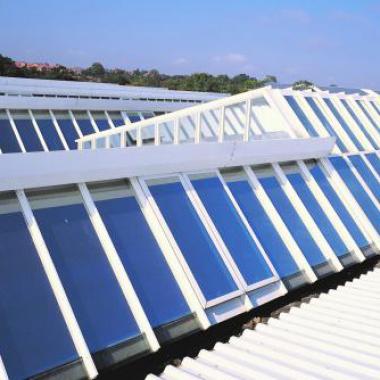
Reflective Window Film - External
External films are are of weather resistant construction having additional UV barriers to help protect the film from degrading through exposure to sunshine, and also having a strong waterproof adhesive. They are particularly used when inside access is not always possible or depending on the type of glass, in particular laminated, Georgian-wired, heavy tinted glass or some double or tripled glazing.
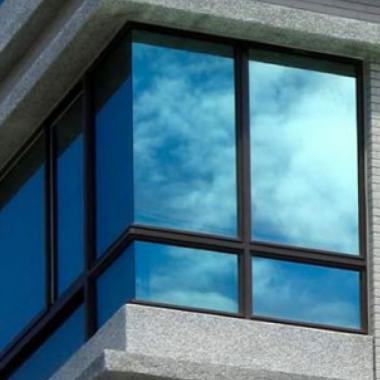
Reflective Window Film - Internal
Reflective films are the best performing products in the solar control range as they can make an incredible difference to the amount of solar heat & glare transmitted through glass.
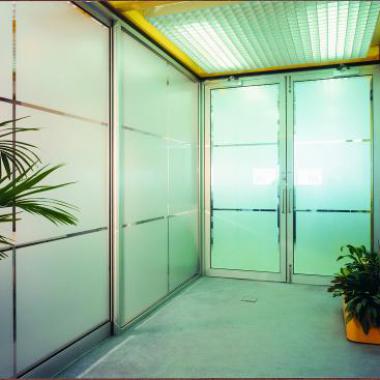
Opalux Frosted
Translucent privacy screening films are used to give two-way privacy while still allowing a good level of natural light in through the window. The Privacy frosted vinyl’s can be plotter cut into any design or logo for your unique setting.
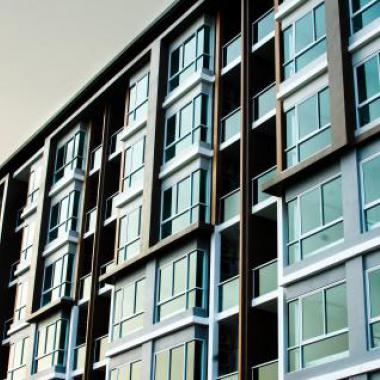
Low Mirror Window Film - Internal
Lower reflectance but still achieve a good level of solar heat and glare control, which varies with the density selected. They offer a balanced year-round performance of good solar heat rejection with higher light transmission and additional winter heat-saving benefits.
_0.jpg)
Low Mirror Window Film - External
Opalux® Low Mirror external films are used where the end user, or specifier, chooses a more neutral tinted appearance, rather than the mirrored look of solar reflective films. However they still achieve a good level of solar heat and glare control.
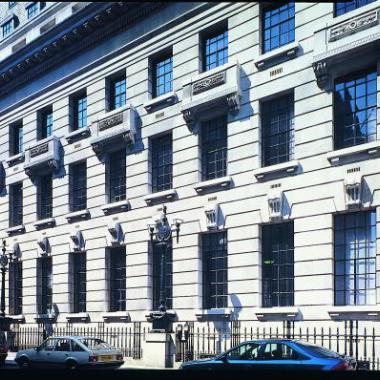
Tinted Window Film - Internal
Tinted films are mainly used for aesthetic reasons and to help control solar glare and UV radiation. They are a non-metallised used for tinting clear glass, and are available in a range of shades. These films give varying levels of day-time privacy with a low mirror exterior appearance to the glass.
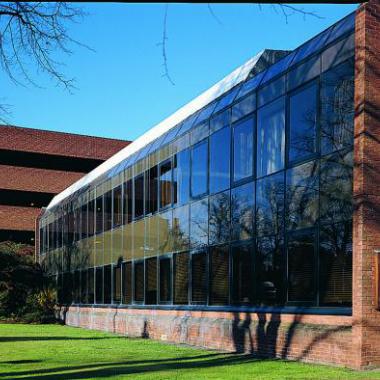
Low Emissivity Window Film Internal
Opalux energy control window films are internally applied solar control films with a Low-E coating added to the interior facing surface of the film. The Low-E coating reduces winter heat-loss through the glazed areas of your building, helping to reduce your heating bills thus improving your carbon footprint.

